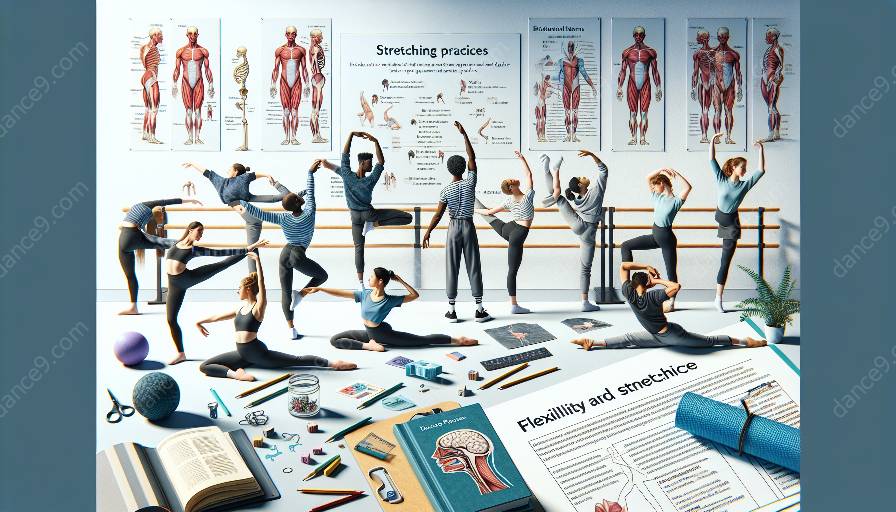As dancers strive for excellence in their art, the combination of mindfulness and flexibility training holds significant importance. This article delves into the impact of mindfulness and flexibility training on both the physical and mental health of dancers, and its interconnectedness with flexibility and stretching. Through a deeper understanding of these topics, dancers can enhance their overall well-being and performance.
Understanding Mindfulness in Dance
Mindfulness is the practice of being fully present, aware of oneself, and attentive to the current moment. It plays a crucial role in the world of dance, as dancers strive not only for technical proficiency but also for emotional and mental connection with their art form. By incorporating mindfulness into their training, dancers can cultivate a deeper understanding of their bodies, movements, and the emotional expression inherent in their performances.
Benefits of Mindfulness for Dancers
Mindfulness training enhances dancers' abilities to focus, concentrate, and fully immerse themselves in the present moment. This mental clarity and focus aid in refining movement quality, artistic expression, and overall performance. Moreover, mindfulness helps dancers manage performance anxiety and stress, fostering a sense of calm and confidence on stage.
The Significance of Flexibility Training
Flexibility is a cornerstone of the dancer's physical capabilities. It not only enables a wider range of motion and expressive movement but also plays a crucial role in preventing injuries. Through targeted flexibility training, dancers can enhance their technical skills, achieve greater fluidity in their movements, and execute demanding choreography with grace and precision.
Interconnection of Flexibility and Mindfulness
The interplay between flexibility and mindfulness is evident in the way dancers approach their training. When dancers consciously engage in stretching and flexibility exercises, they intertwine the physical and mental aspects of their art. The deliberate focus on breath, body alignment, and release of tension during flexibility training mirrors the core principles of mindfulness.
Impact on Physical and Mental Health
The combination of mindfulness and flexibility training contributes significantly to dancers' physical and mental health. Physically, it promotes injury prevention, improved posture, and enhanced movement quality. Mentally, it cultivates resilience, emotional regulation, and a positive mindset, which are vital for dancers' overall well-being.
Flexibility and Stretching for Dancers
Flexibility and stretching routines are essential components of a dancer's daily practice. These routines not only enhance physical flexibility but also serve as opportunities for dancers to practice mindfulness. By mindfully engaging in stretching exercises, dancers can build body awareness, release muscle tension, and develop an appreciation for the intricate connection between body and mind.
Overall Well-Being in Dance
Embracing mindfulness and flexibility training in dance fosters a holistic approach to well-being. Dancers become attuned to their bodies, emotions, and the artistic essence of their movements, leading to a more fulfilling and sustainable dance practice.
Final Thoughts
Mindfulness and flexibility training are integral components of a dancer's journey, influencing their physical and mental health in profound ways. By synergistically incorporating mindfulness into flexibility training and understanding the interconnectedness of physical and mental well-being, dancers can elevate their artistry and lead balanced, harmonious lives both on and off the stage.


































